America’s Supply Chain Crisis by the Numbers
See seven data points that illustrate the challenges that America’s supply chain faces in the months and years ahead.
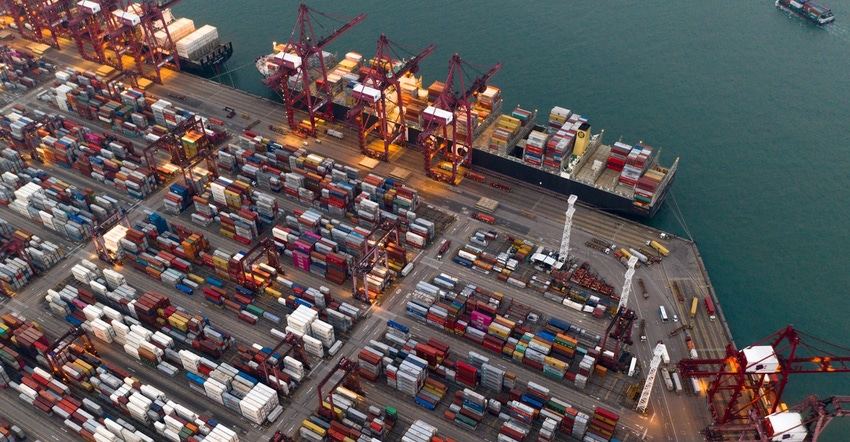
As the COVID-19 pandemic spread across the globe, manufacturers have faced a wide range of supply chain issues, including raw material shortages, port shutdowns, and shipping delays. The virus has highlighted manufacturers’ reliance on international networks of suppliers and logistics firms, and also exposed some weaknesses of an interdependent global supply chain.
In recent weeks, news media and government officials have put a spotlight on some of ongoing issues that American manufacturers face. Some observers have expressed concerns that the coming holiday season will add further stress to the nation’s existing supply chain plight.
To illustrate some of the challenges ahead, Powder & Bulk Solids presents seven figures that bring the gravity of the US manufacturing supply chain into focus:
A Wave of Job Loss in Manufacturing
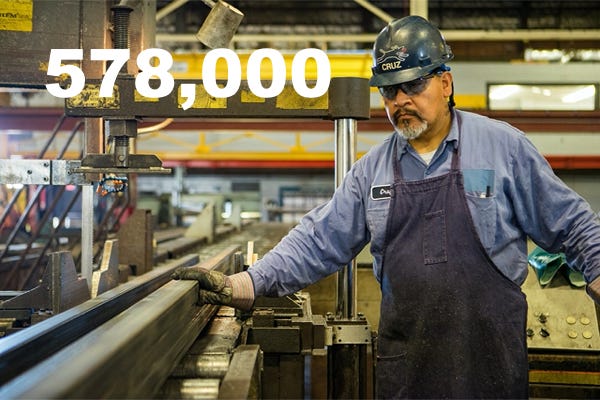
America’s manufacturing industry shed 578,000 jobs in 2020, according to federal data. A report published this year by Deloitte and The Manufacturing Institute (MI) forecasts that 2.1 million manufacturing positions could be unfilled in the US by 2030. While the labor issue in manufacturing predates the pandemic, the spread of the virus and some of the measures used to combat its spread have amplified staffing challenges.
A Labor Crisis in the Trucking Industry

Factory floors are not the only place where labor shortages are being felt. American Trucking Industry President and CEO Chris Spear told CNN this month that some 80,000 drivers are needed to alleviate ongoing supply chain issues and offset trucking industry labor loss in the United States.
Shipping Prices are Skyrocketing
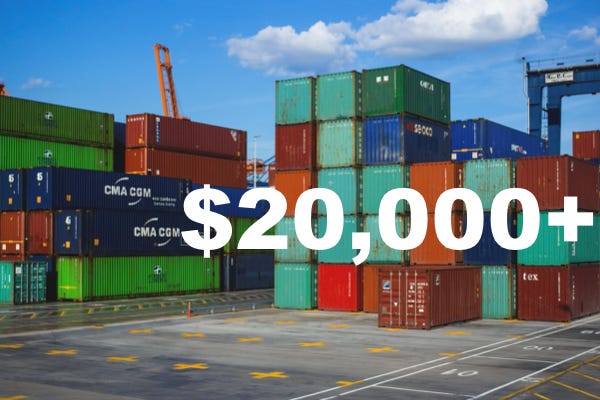
Shipping information company Frieghtos told Reuters this August that the price to ship one 40-ft container from China to the US East Coast climbed to more than $20,000, an increase of more than 500% from the previous year. The hike in costs is connected to a shortage of shipping containers, slowdowns at ports across the world, staffing issues in the shipping industry, and other factors.
US Consumers are Experiencing Impacts
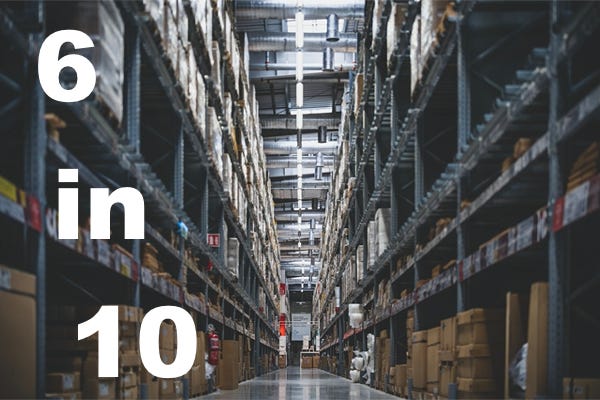
6 in 10, or 60%, of American consumers surveyed by pollster Gallup said they were unable to buy a product within the past two months due to pandemic-related shortages. Of the sample, 57% reported that they experienced significant delays when receiving a product they ordered.
Many Small Manufacturing Firms are Feeling the Heat
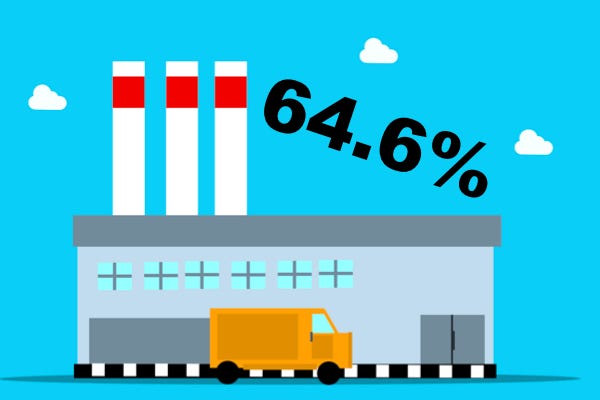
The US Census Bureau’s Small Business Pulse Survey (SBPS) release in August found that 64.6% of small American manufacturing firms experienced domestic supplier interruptions during a sample period in July 2021. A sizeable portion of those repsondents (39%) said the plan to find new supply chain options over the coming six months.
White House Moves to Expand Port Operations on West Coast
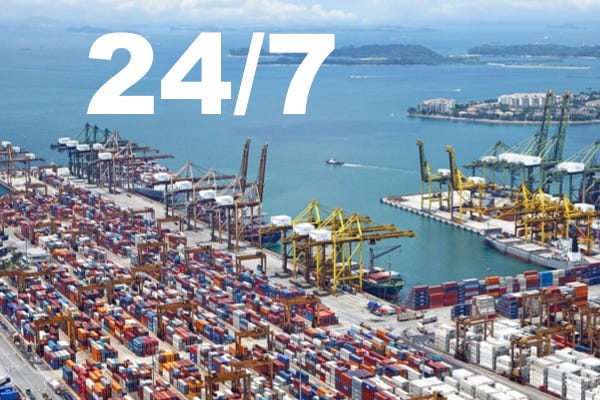
The White House announced this month that it is working with unions, companies, and public organizations to achieve 24/7 operations at the Ports of Los Angeles and Long Beach, where more than 40% of containers coming into the United States are received, in an effort to reduce COVID-related bottlenecks.
Uncertainty About the Supply Chain in the Years Ahead

The pandemic’s course is uncertain, as are the continued impacts on the global supply chain. 92% of American consumers recently surveyed by Oracle report said they expect more supply chain interruptions will occur in the future. While we face much uncertainty, manufacturers can take steps now to ensure the integrity of their supply chains and logistical capabilities.
About the Author(s)
You May Also Like




